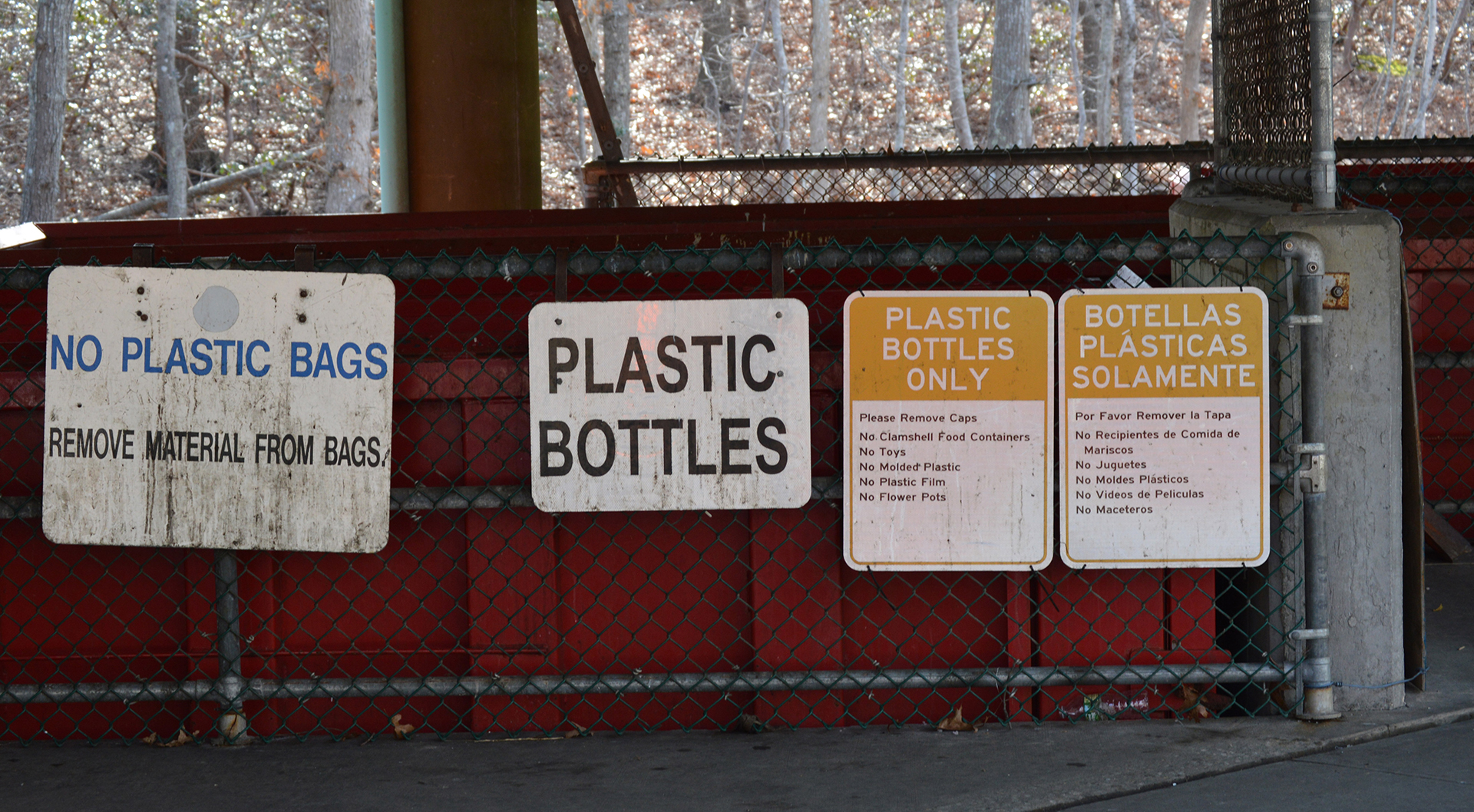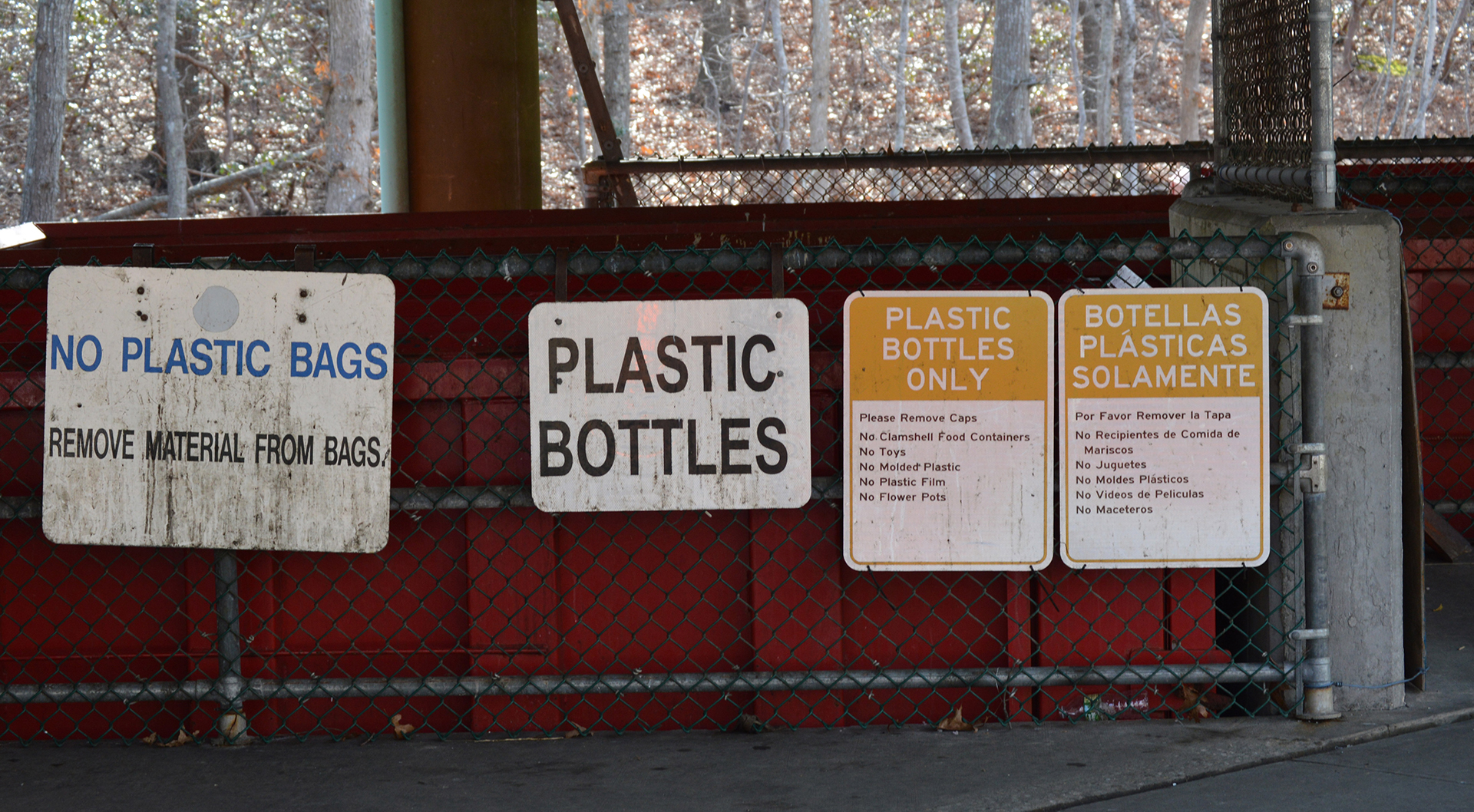Talkin’ Trash At East Hampton Town Hall


East Hampton Town Board members focused on garbage during the board’s work session on February 19.
In 2018, Councilwoman Sylvia Overby told her fellow board members, the town accumulated just over 12,249 tons of non-recyclable waste at its two recycling centers, one of which is on Springs-Fireplace Road in East Hampton, the other just west of downtown Montauk on Montauk Highway.
The good news is, the town also received multiple tons of recyclables. The town was able to salvage and resell almost 543 tons of corrugated cardboard. Cardboard is one of the few recyclables that can, depending upon market forces, occasionally turn a profit. As with all recyclables, the cardboard is sold to whoever the highest bidder is at any given time, Highway Superintendent Stephen Lynch said last week.
According to Will Flower, vice president of Winters Brothers Carting, the firm that hauls off the town’s non-recyclables, the recyclable garbage market right now is in a bit of turmoil. China has always been a major consumer of American recyclables. That took a decided turn for the worse in 2018, when, Flowers said, China abruptly stopped taking recyclables, though the possibility of a trade deal between the U.S. and China could augur well for the future.
Plastic bottles present a challenge for East Hampton at its recycling centers. That is because residents tend to toss all kinds of plastic into the bins. Anything that is not a plastic bottle has to be fished out and thrown into the non-recyclable pile, costing the town manpower hours, in a market in which every penny counts. The plastic bottle dumpster is for plastic bottles, and plastic bottles, only. That is all the recycling companies are looking for.
Plastic bottles are made from number one and number two plastics. Number one plastic, polyethylene terephthalate, can be recycled into a variety of uses, including polyester used in the garment industry. Number two plastic, high-density polyethylene, also has a variety of uses when recycled.
The glass collected by East Hampton is ground up into a silica-free sand, which the town Highway Department can use for drainage receptacles, Lynch said.
The town also baled and sold 348 tons of mixed paper, and 163 tons of newsprint last year.
So, where did that over 12,249 tons of non-recyclable garbage go? According to Lynch, once the Winters Brothers trucks haul it away, the town washes its hands of the refuse.
There are two possible destinations for the town’s non-recyclables, Flower said. If there is room at the Covanta Huntington incinerator in Northport, the garbage will be burned. The ash then is hauled to a landfill in Brookhaven. If the incinerator is full, or closed for maintenance, the garbage is taken to a Winters Brothers transfer station, bailed, and exported to Ohio for disposal in a landfill, he noted.
“People produce four and a half pounds of garbage a day,” Flower said. When multiplied by the number of residents in the town, the result is a lot of garbage.
t.e@indyeastend.com



